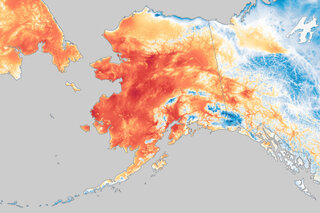
To better predict sea level rise, Rebecca Jackson wants to describe exactly what happens where liquid ocean meets the icy underside of glaciers. But how do you study a glacier that could calve a dangerous iceberg at any moment?

A new crop of studies funded by NOAA's Climate Program Office explores a range of questions about sea ice forecasting, including one of the most basic: how far ahead is it even possible to predict it?
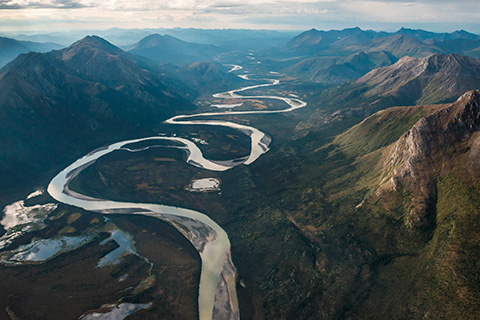
Alaska's natural monuments are of such gargantuan scale that the environment can seem immutable. But a new report from NOAA's Alaska RISA team documents profound changes the state has experienced in just the past five years.
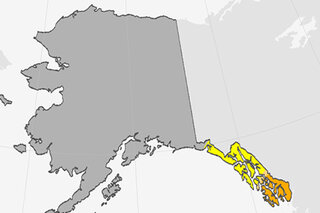
Alaska’s 2018 early fall extremes
October 15, 2018
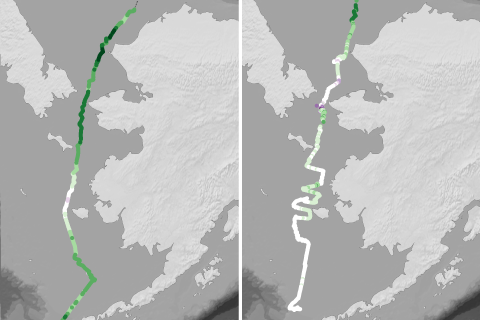
A saildrone observed the growth and decay of a bloom of ocean plants in the Alaskan Arctic in late summer 2017. Such blooms affect the rate of regional ocean acidification, which occurs as surface waters absorb human-produced carbon dioxide.
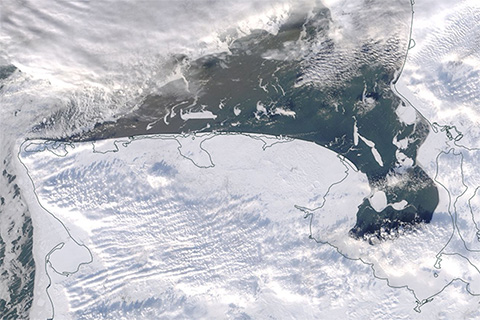
A lack of persistent sea ice in waters around the Bering Strait this winter disrupted travel, damaged roads and other infrastructure, and prevented traditional hunting and fishing in several coastal communities in western Alaska.
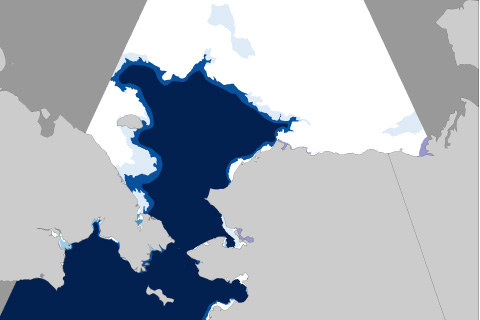
Where winter sea ice should be starting to cover the ocean, thousands of square miles of open water stretch westward from Alaska across the Bering and Chukchi Seas in November 2017.
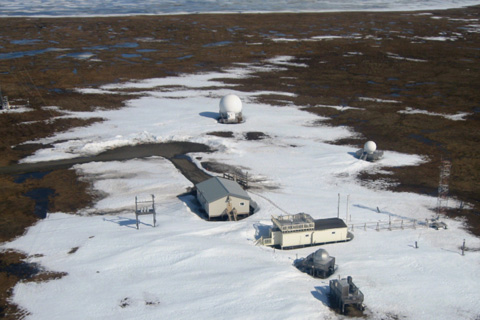
Thanks to warming winters and thawing permafrost, Arctic soil microbes are churning out carbon dioxide well after the end of the growing season ends. This extra source of atmospheric carbon may accelerate a regional warming trend that is already twice as fast as the global average.
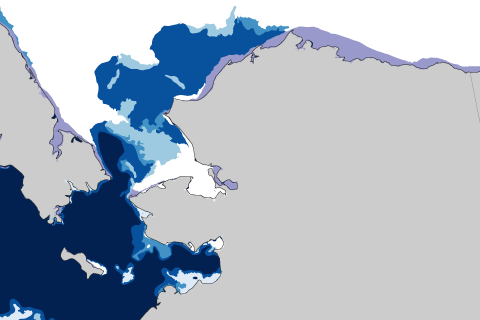
A mild winter and warm spring have led to a large patch of open water in the Chukchi Sea off Alaska, an extremely unusual—possibly unprecedented—occurrence for mid-May.
